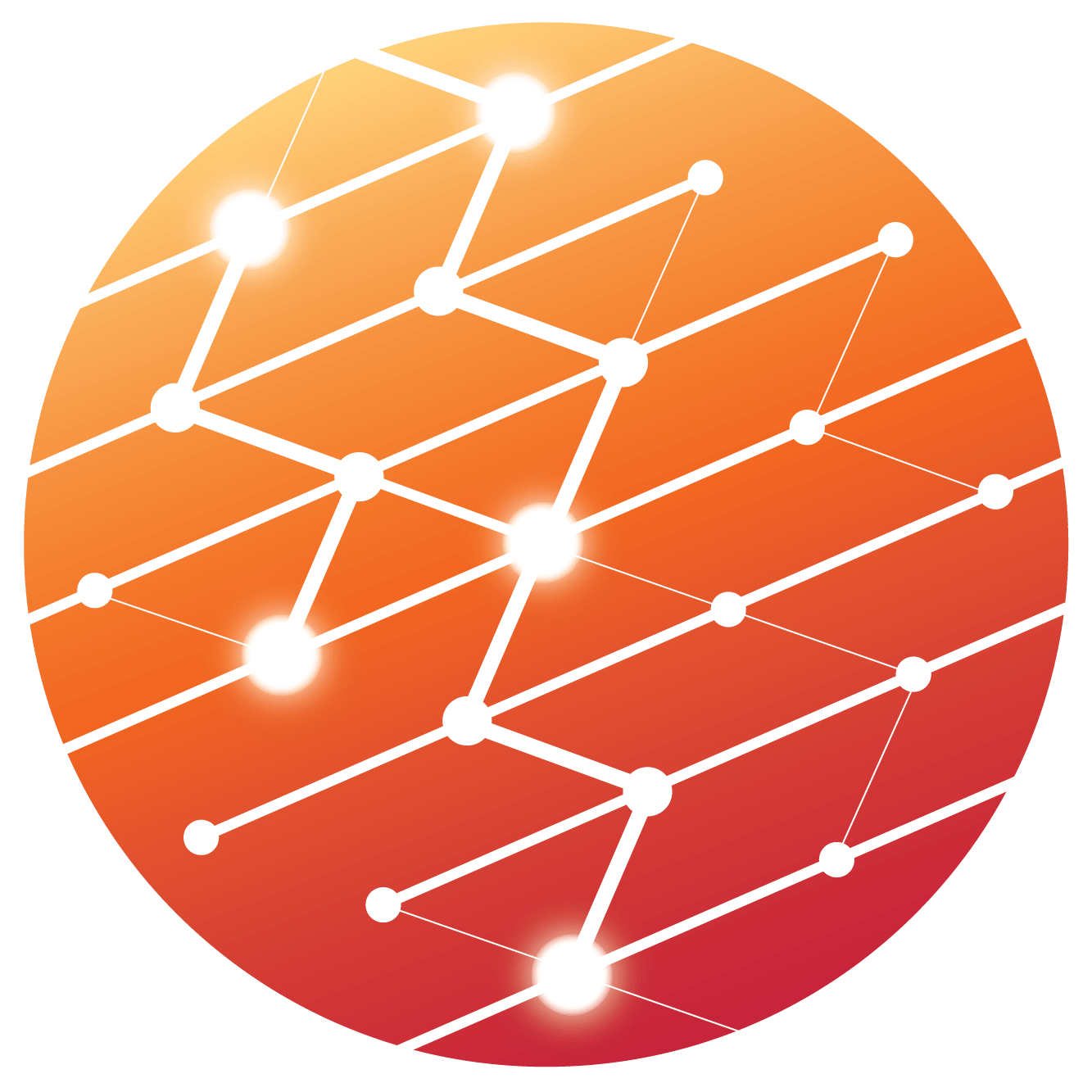In the last ten years, the idea of talent management has bloomed into an essential and robust function that bundles many of the previously siloed HR functions into a critical organizational tool. This shift is not an accidental happening. During this same time frame, the entire world of HR was evolving. The focus for HR was shifting away from Tactical to Strategic. The expectation for HR is that their products, services, policies, and practices will and do add value beyond compliance enforcement. The idea that “employees are our most valuable asset” is now more than a tag line in a business value statement or on their website. Well-trained and engaged employees are now genuinely recognized as the one element of the business equation that is not easily replaceable and is vital in creating an organization’s competitive advantage (Hitaka et al., 2019).

Talent Management Process.
The result is all employee touchpoints, from their initial interaction as an applicant to their exit from the company, are considered part of the talent management process. Organizations have pulled together all these touchpoints, including their daily experiences at work, and systematically align them with the organization’s desired culture. Society for Human Resource Management provides a tool kit for members, Understanding and Developing Organizational Culture. (SHRM, 2021).
Simply culture is how things get done every day. However, this is much easier to say than it is to analyze and understand. The reason it is difficult is that each individual brings their perspective and understanding of every situation. Based on their personal experiences, they contextualize what is happening based on their perspective; UNLESS, the organization has purposefully and intentionally built a sustainable culture by fully integrating every employee touchpoint into a tangible, explainable and sustainable culture. This reality means that from the time an ad is placed using a job description, both the ad and the description should capture that organizational culture and reflect the company’s attitude toward their employees and the attitude they seek from their employees. However, it must also reflect the employee’s reality from the interview through the years of that individual’s employment. From the way the employee interacts with their supervisor to the exhibition of leadership behaviors and attitudes, the organization wants to ensure that as these interactions are experienced and observed, they reflect both tangibly and intangibly the company’s values. Outliers create dissonance, and the more outliers that are experienced, the wider the gap between the employee’s engagement level and their trust in the organization.
The first step is to ensure that all supervisors and managers have a complete tool kit to support their daily interactions with their employees and understand their role in being the organization’s face and the owner of the level of responsibility to ensure employee engagement. Given the global impacts of COVID 19 over the last year, it now means that supervisors need skills to manage virtual teams and new ways to engage and include all staff and measure their output. Often, out of sight would mean that there was no productivity measure except seeing how busy they were. The shift is to output and activity results, and the supervisors and managers, and employees may need to discuss precisely how their productivity will be measured. Expectations need to be clear and understood by both the employee and the supervisor/manager.
Included in this tool kit are all the policies, including performance evaluation, coaching, mentoring, check-in tools, corrective actions, developmental opportunities, and any other touchpoint interactions that need to be clearly stated and understood. The way they are stated and administered should also reflect the attitude and values of the organization. Keeping these policies and practices fresh and relevant as well as compliant can be a full-time undertaking. In addition to all these aspects of the employee/employer relationship, the compensation and benefits structure needs minimally to meet the survival needs of the employees and additionally ensure that the employees see that their efforts are rewarded and acknowledged in the way they are compensated but also the way their leadership recognizes them.
As crucial as the on-boarding process is the exit process when and if that exit occurs. If it is voluntary, what is the supervisor/manager’s attitude and other leaders during the transition period? Do they continue to reflect the values and attitudes that have been articulated? If it is involuntary, is there clarity around due process and the underpinning issues that create the circumstance, and is it executed with respect for the individual?
It is also an essential component of the workplace environment that the types of acceptable and unacceptable behaviors in the workplace also fit with the organization’s values and attitude. If there is dissonance between employee experiences and witnesses between employees and the stated value or those activities that create an environment that supports employee success, it becomes a trustbuster!
Finally, the employee is a critical player in helping to live the values. In hiring and developmental approaches to engaging new and longer term employees, providing them the tools of self efficacy and understanding of how to be proactive in building trust and sustaining a respectful workplace is vital.
Talent management then does have a role for the company and each supervisor, manager, and employee.
References
Hitka, M., Kucharčíková, A., Štarchoň, P., Balážová, Ž., Lukáč, M., & Stacho, Z. (2019). Knowledge and Human Capital as Sustainable Competitive Advantage in Human Resource Management. Sustainability, 11(18), 4985. MDPI AG. Retrieved from http://dx.doi.org/10.3390/su11184985
SHRM Understanding and Developing Organizational Culture retrieved from: Organizational Culture (shrm.org) 2021 April 12.


